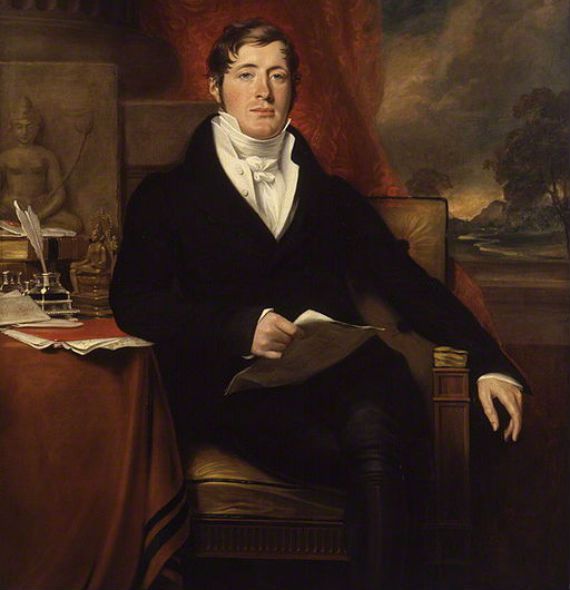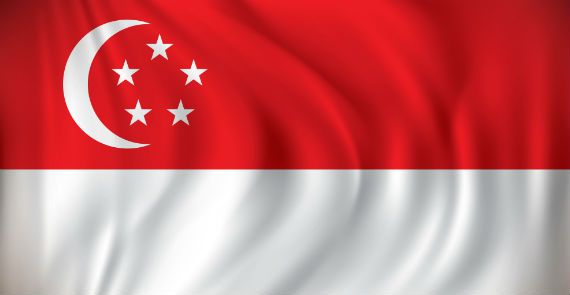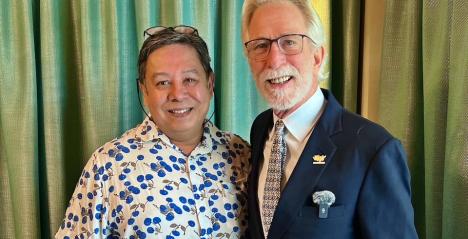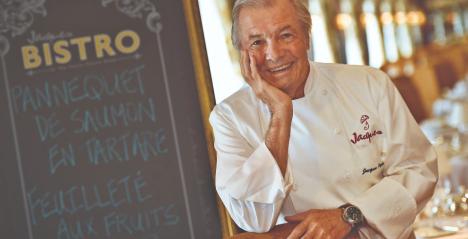For those of you who are new to Singapore and seen as it celebrated 50 years of independence relatively recently, we thought it would be a great time to explain a little bit about the history of the country for those who don’t know much about this small island nation.
Many people often wonder how a country so young and so small is well known as one of the most advanced and successful countries in the world.
The name Singapore literally means Lion City, even though Lions have never lived in the wild here. The story goes that a Sumatran Prince caught a glimpse of a ‘giant beast’ when he landed on the shore of Singapore in the 14th century and named the island Singapura (Singa meaning Lion and Pura meaning City). It is more likely that the ‘beast’ was in fact a Malayan Tiger which roamed in the wild all across the region.

In 1818, Lieutenant General Sir Stamford Raffles was sent to find a new trading station for the British at the tip of the Malay Peninsular and chose Singapore. It soon became one of the most important commercial and military centers for the British empire. It became Britains main hub and center for political control for the region (Singapore, Penang and Malacca)

During World War 2 Singapore was held by the Japanese, a huge blow to both Britain and Singapore. With the war over, the country faces huge problems with unemployment, economic growth and social unrest. Amid the chaos, groups of anti-colonialists started to rise and gain more followers, calling for an independent Singapore.
It was in 1959 that they became a self-governing state within the empire, electing a Master of State, Yusof Bin Ishak and a Prime Minister, Lee Kuan Yew, who served until 1990. They joined the Federation of Malaysia but only 2 years later, Singapore left the Federation and became a fully independent nation. The choice did not come easily and the county faced a potentially bleak and tough future ahead of them.

This gave the nation the motivation to push as hard as possible to attract foreign investment focusing on exports and labour due to its key position in the region. By only 1972, one quarter of Singapore’s manufacturing firms were either foreign owned or joint ventures and the economy was booming.
Over the coming years, the nation slowly moved away from labour intensive industry, to high tech, high value industries such as hard disk production. The finance industry grew and grew, partly due to the steady political climate and favourable investment and financial conditions, leading to today where Singapore is known as one of the worlds most successful and adaptive economies.
Hilde van de Waal Relocations Manager at Easy Relocation, your one-stop shop for all your relocation needs from planning, moving, to living and experiencing Singapore, shares some insight into finding a cooking school in Singapore to get you interested in learning something new.














